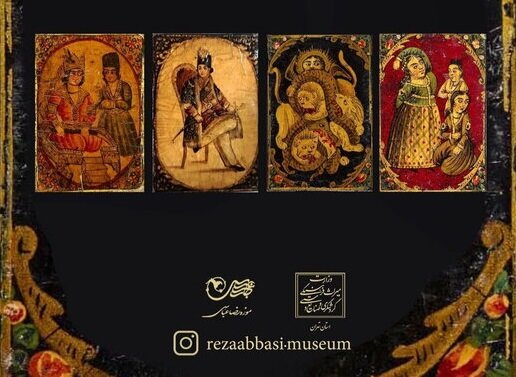Rarely-seen Safavid game cards on show at Tehran museum

TEHRAN – Sets of rarely-seen game cards, which date from the Safavid era (1501–1736) have been put on show at the Reza Abbasi Museum in north-central Tehran.
Being kept at the treasure trove of the prestigious museum, the game cards are made of ivory and precious stones, and they were played in royal courts of Safavid monarchs, ISNA reported on Monday.
Moreover, the cards bear miniature paintings of kings, viziers, and other courtiers and individuals as well as objects such as crowns and swords.
In the early sixteenth century, Iran was united under the rule of the Safavid reign, the greatest dynasty to emerge from Iran in the Islamic period. The Safavids descended from a long line of Sufi shaikhs who maintained their headquarters at Ardabil, in northwestern Iran. In their rise to power, they were supported by Turkmen tribesmen known as the Qizilbash, or redheads, on account of their distinctive red caps.
In the arts, manuscript illustration was prominent in royal patronage. Drawing inspiration from designs generated in the royal painting workshop, textiles and carpets were manufactured of luxury materials as furnishings for the court. In architecture, the Safavids commissioned mosques, mausolea, and palace complexes restored major shrines and contributed to sites of veneration and pilgrimage.
The Safavid period also marked a significant development of Islamic art in Iran, for after the middle of the 17th-century original creativity disappeared in all mediums. Rugs and objects in silver, gold, and enamel continued to be made and exhibited a considerable technical virtuosity, even when they were lacking in inventiveness.
Running through February 19, the exhibition is organized to mark the 43rd anniversary of the victory of the Islamic Revolution, which is known as the Ten-Day Fajr celebrations.
AFM

Leave a Comment